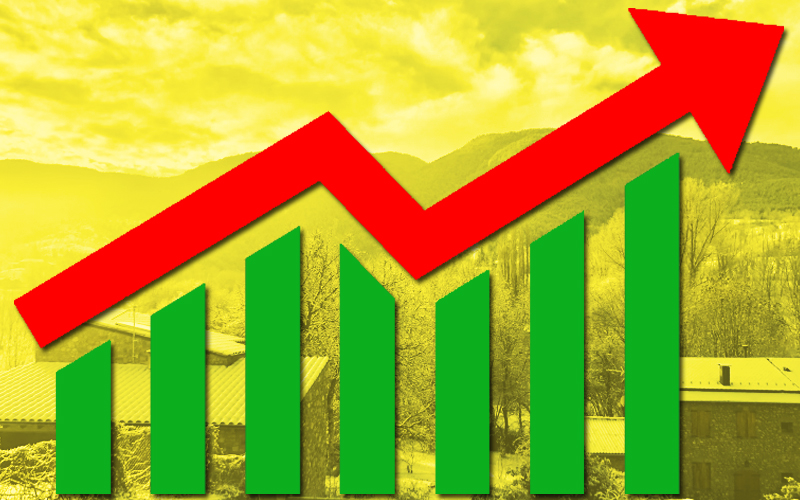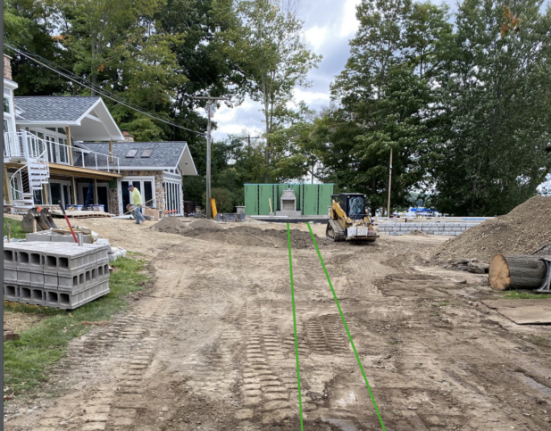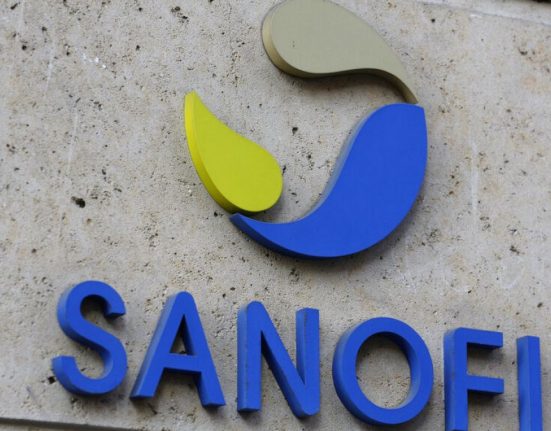Last week Tommy Gardner of the Stowe Reporter published a story about Stowe’s reappraisal and how property values more than doubled since that town’s last reappraisal in 2012. The average appraised price of a home in Stowe, after a two-year townwide appraisal is $1.5 million.
To quote Gardner, “The reappraisal was finalized in April, but the figures are still subject to change, as the town prepares for a series of grievance hearings from anyone who disputes their new property values. But as of now, here’s what the average values of residential properties look like:
- Houses on six acres or less: $1.11 million
- Houses on more than six acres: $2.47 million
- All those houses, combined: $1.45 million
- Condominiums: $977,450
Stowe’s grand list — the sum value of all taxable real estate in town — was already one of the highest in the state when it was valued at more than $2 billion. That figure is paltry compared to the new value of nearly $5.5 billion.”
Will that happen here when Valley towns complete townwide reappraisals? Possibly, and to a degree, according to Spencer Potter, Waitsfield, owner of Vermont Municipal Assessors. Per Vermont statute towns are required to maintain a Common Level of Appraisal, which measures how close appraised values are to fair market value which the state calculates using an average of three years’ worth of sales.
CLAs
When home prices skyrocket, as they did throughout Vermont during the pandemic, after it and in the years leading up to it, CLAs do not keep up with the market and that has been the case in The Valley.
Here are the CLAs in The Valley:
- Duxbury 68.43% — last appraisal in 2015.
- Fayston 71.01% — last appraisal in 2017.
- Moretown 66.97% — appraised in 2023-24, last appraisal 2012.
- Waitsfield 66.85% — last appraised in 2006.
- Warren 61.3% — last appraisal in 2012.
Taxpayers are likely familiar with those numbers because they impact the percentage of increase in education taxes that property owners in each town will pay. For example, a Fayston home valued at $100,000 under the town’s current CLA will pay education taxes based on 100% of fair value or approximately $130,000 in value. A Warren home appraised at $100,000 would then pay education taxes based on a value of approximately $140,000.
That math is not absolute because of the complexities of the state’s education funding formulas, but it does help shed light on what it means when towns reappraise in terms of tax burdens.
Here is another way to look at it. In 2022 CLAs in The Valley ranged from 90.25 to 96.09%. In 2023, CLAs ranged from 84.28 to 89.05%. That dropped to 75.98 to 80.85% in 2024 and will drop to 61.30 to 68.43% in 2025.
DO TAXES DOUBLE?
When, as with Stowe, property values double (Stowe’s CLA prior to reappraisal was 56.61% so a home appraised at $100,000 in Stowe would be paying education taxes based on a value of approximately $154,000), do taxes double? The short answer is no. Here is how Gardner explained it, quoting Stowe’s town appraiser Tim Morrissey and former town appraiser Tom Vickery.
“Morrissey and Vickery are careful to point out that, although the numbers are eye-popping, the increase on a person’s property tax bill won’t be as drastic. The town and education tax rates will decrease significantly, based on the new grand list.
This does not mean that taxes won’t go up — that’s just the nature of the current inflationary economy, paired with lawmakers warning of a statewide education tax rate increase nearing 14%.
It does mean, however, that a twofold increase in home value does not equal an analogous tax increase.
“You’re basically looking at a municipal tax rate that’s going to drop in half,” Morrissey said. “With the education rates, there are so many different factors that go into that.”
He added, however, that town listers and assessors don’t have anything to do with all that. Tax-rate setting is someone else’s job, out of Montpelier, not Stowe’s Main Street.”
So, where does that leave Valley towns? Waitsfield and Fayston have received letters from the state mandating a new appraisal. Moretown has just completed a new appraisal that will be used for this year’s property tax bills. Duxbury is slated to begin a townwide appraisal in 2027. Warren is seeking proposals for a reappraisal.
Back to the original question for Potter about whether Valley reappraisals will double assessed values. He said it is in the ballpark to estimate that, with Fayston for example, that the town’s CLA is 70.1% so it is reasonable to start with the assumption that all values would go up about 30%.
“But because the CLA is a lagging indicator, I’d expect the increase to be more than that. The state uses 36 months of data and closes its calculation period on April 1,” Potter said, explaining that 2025 CLAs would be calculated using sales from April 2, 2021, to April 1, 2024.
He also noted that the state has changed how towns are required to reappraise from a system that sets an acceptable percentage of deviance from 100% of fair market value to one that requires towns to re-appraise every six years.








